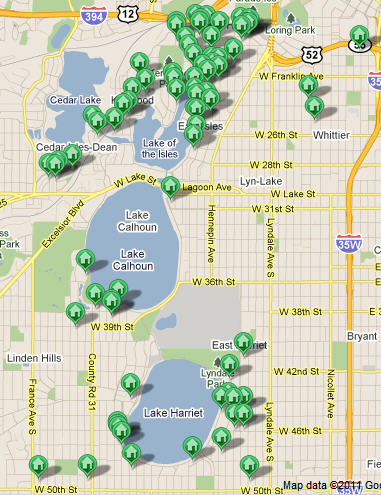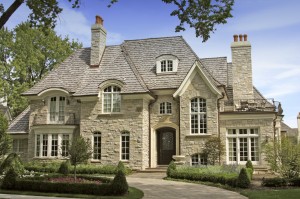I think the answer to this post on comparing Market Value vs. Assessed Value can be summed up in four simple words, “Just Don’t Do It“. In the past few months I have seen an increased objection voiced by some buyers over home prices. When I ask them to justify their reasoning, I am quickly told something along the lines of “Well, the home is only assessed for X. Why should I pay more than that?”
To make it simple, Market Value in Minnesota is what a buyer is willing to pay for a home, where Assessed Value is a valued placed on a property by a governemnt tax assessor for the purposes of taxation. The two are not the same. Every state is different in how they calculate property assessments, and Minnesota uses a system that is different from any state I have lived in.
Take for instance Dakota County.The current 2011 tax statements that were sent out this year are not based on current home prices. Instead, they are taken from home sales that occured between Oct. 1, 2009 and Sept. 30, 2010, data that no home appraiser would be able to use under financial guidelines as the sales are too far into the past. So if I were to buy a home towards the end of 2011, the “values” used by the county assessor could be off by two years!
Now look at homes currently for sale on the open market. The most important job of a real estate agent is determining what the Fair Market Value of a property is by comparing it to other properties that have recently sold in the area. This “market snapshot” is a more accurate, not to mention more up-to-date, representation of a home’s value. If buyer’s are willing to pay “X” for a similar home down the street, then there is a good chance another buyer is willing to pay around the same amount for your home.
While homes that are priced in lower tax brackets tend to show assessed values and market values closer together, homes in the upper-bracket real estate market, especially waterfront properties and historic homes, tend to be further apart when comparing the two values. County tax assessors generally have poor to no knowledge of what the true value of an expensive home might be, as they rarely have direct access to the interior of homes. Take for instance a large historic home I sold in Minneapolis. It was a truly unique home with nothing remotely like it on that side of town. The historic elements inside the home were priceless and would be near impossible to duplicate, but according to the tax assessor, the home was assessed well below its true market value. When a buyer did come in with an offer, they had it priced at the assessed value. I literally laughed when I saw the exact number and had to do the buyer’s agent’s job for her by showing where proper comparable home’s would come from (she was an out of town agent). After some negotiating, the seller and buyer were able to come to an agreed to price, which was up considerably from the assessed value first proposed by the buyer.
So please, when you are shopping for a home, do not use the assessed value of a home as the basis for an offer. Instead, look at what other comparable homes in the area have sold for and go from there!











